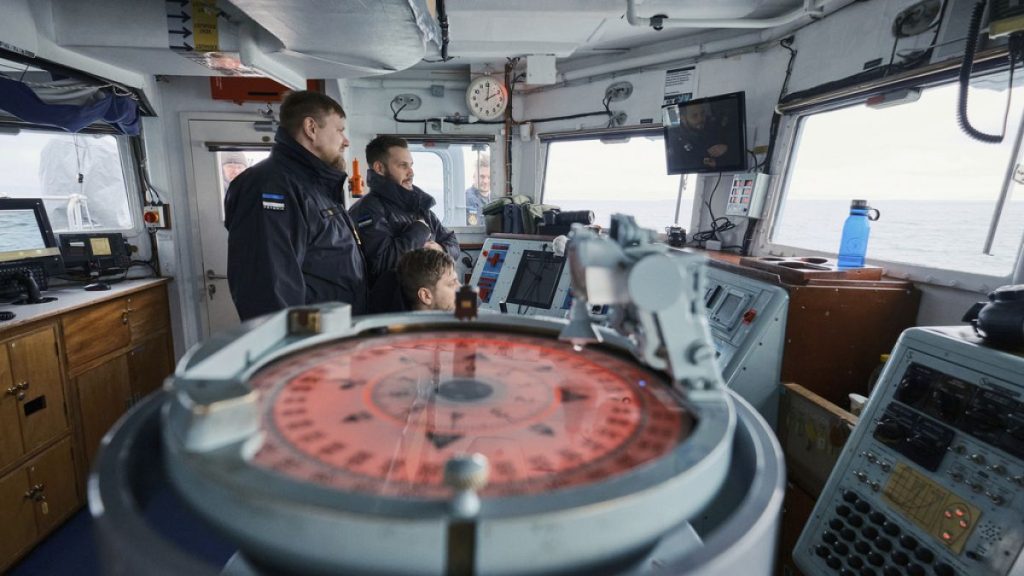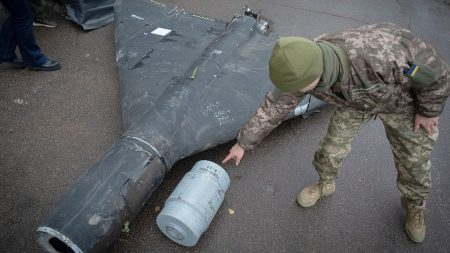The Baltic Sea, a crucial maritime passage connecting Northern, Baltic, and Central European nations, has witnessed a concerning surge in incidents of undersea cable damage, raising alarms about potential sabotage and its implications for regional energy security. The most recent incident, the damage to the Estlink 2 power cable on December 25th, highlighted the vulnerability of this critical infrastructure. Estlink 2, a vital energy link between Estonia and Finland, possesses the capacity to supply half of Estonia’s winter electricity demands. Although the damage did not cause immediate service disruption, it reverberated through the energy markets, driving up prices in Estonia and its Baltic neighbors, Latvia and Lithuania.
This incident follows a pattern of similar occurrences in the region. Since the beginning of 2023, approximately ten undersea cables in the Baltic Sea have been damaged, impacting countries such as Estonia, Finland, Sweden, Germany, and Lithuania. Suspicion immediately fell on Russia, particularly in light of the ongoing conflict in Ukraine and accusations of Moscow’s involvement in other acts of sabotage. The Kremlin, however, has denied any involvement in these incidents. The repeated occurrences have spurred increased vigilance and a heightened sense of vulnerability among the affected nations.
In response to the perceived threat, Estonian naval forces have intensified patrols in the Baltic Sea, demonstrating a commitment to safeguarding critical infrastructure and projecting a deterrent presence. The patrols, conducted in coordination with other NATO allies, involve meticulous monitoring of maritime traffic. Estonian naval vessels, such as the minehunter EML Sakala, are actively scrutinizing passing ships, using binoculars and cameras to identify any suspicious behavior, including sudden changes in course or unexplained slowdowns. The primary objective of these intensified patrols, according to Lieutenant Commander Meelis Kants of the Estonian navy, is to “show force” and underscore the region’s resolve to protect its vital infrastructure.
The Estlink 2 cable, spanning approximately 145 kilometers and reaching depths of up to 90 meters, traverses one of Europe’s busiest shipping lanes. This location, while strategically important for trade and energy connectivity, also increases the cable’s exposure to potential accidental damage or intentional sabotage. The undersea cables and pipelines crisscrossing the Baltic Sea are not only essential for energy security, but they also facilitate trade and, in some cases, reduce reliance on Russian energy resources, a crucial factor for countries seeking to diversify their energy sources.
The potential consequences of further cable damage are significant, particularly for Estonia. If the remaining power connections were to be compromised, Estonia would likely be forced to rely heavily on domestically produced energy, resulting in increased costs for consumers. The Finnish electricity grid operator has estimated that repairs to the Estlink 2 cable could cost tens of millions of euros and may not be completed until late summer, further underscoring the economic and logistical challenges posed by these incidents.
The vulnerability of the Baltic Sea’s critical infrastructure stems in part from its geographic characteristics. While surrounded by NATO member states, including recent additions Finland and Sweden, much of the Baltic Sea is relatively shallow and accessible to all vessels. This accessibility, while beneficial for maritime transport, makes the undersea cables and pipelines relatively easy targets for potential sabotage or accidental damage. The situation underscores the delicate balance between ensuring open maritime passage and protecting vital infrastructure in a region of heightened geopolitical tension. The ongoing incidents highlight the need for increased vigilance, international cooperation, and potentially new security measures to safeguard the critical infrastructure that underpins the region’s energy security and economic stability.










